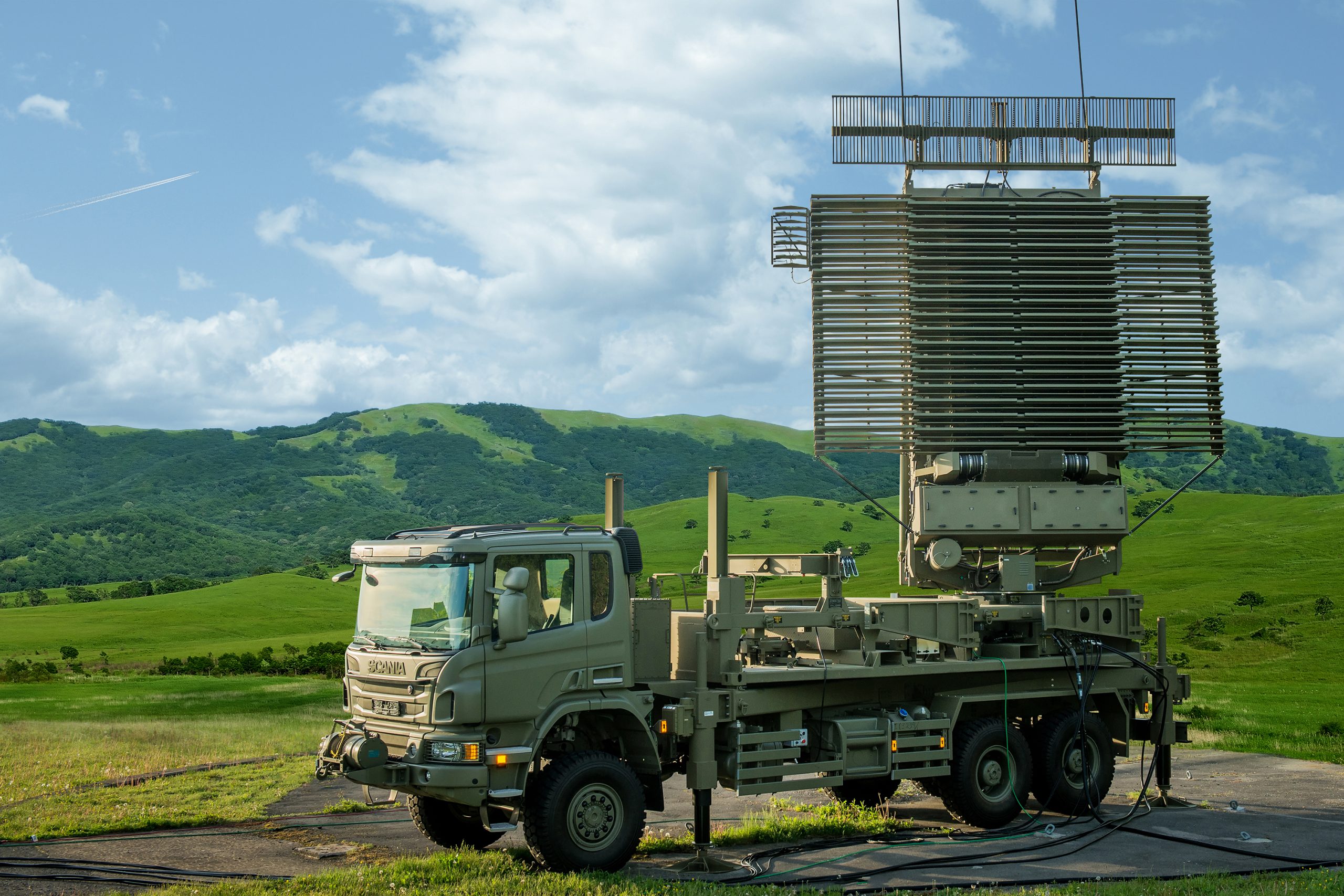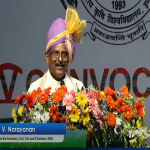In a bold and strategically significant move, the Indian Air Force (IAF) launched a series of calibrated airstrikes between May 8 and 10, crippling Pakistan’s air defense infrastructure by targeting its critical surveillance assets. The operation, codenamed “Operation Sindoor,” successfully destroyed three of six U.S.-made Lockheed Martin AN/TPS-77 long-range radars, substantially degrading Pakistan’s aerial monitoring capabilities.
The AN/TPS-77 radars, known for their 450-kilometer detection range and multi-mission 3D tracking abilities, were integral to Pakistan Air Force’s (PAF) early warning system. Acquired in 2008 for a total of $89 million, the loss of these systems—each valued at approximately $22 million—represents a significant blow to Pakistan’s military readiness and airspace awareness. Defense analysts say this could severely hinder Pakistan’s ability to detect and respond to incoming aerial threats.
The radar installations in Pasrur and Sialkot, along with ten other military locations including command centers, weapons depots, and airbases, were struck in a swift, high-precision assault. The IAF’s actions came in direct response to Pakistani offensives involving UCAVs, loitering munitions, and missile strikes, many of which targeted Indian military posts and civilian zones along the western frontier.
Colonel Sofiya Qureshi, spokesperson for the Indian armed forces, emphasized that the mission was focused solely on military targets and maintained India’s doctrine of “non-escalation,” contingent on Pakistan’s response. “Our objective was to disrupt offensive capabilities, not provoke a larger war,” she said.
However, the impact has reverberated well beyond the battlefield. Sources indicate that Pakistan’s Nuclear Command Authority convened an emergency meeting on May 10 to relocate sensitive nuclear assets amid fears that India may have gained access to classified coordinates.
As tensions peaked, U.S. Secretary of State Marco Rubio stepped in, mediating a ceasefire agreement announced late on May 10. The truce followed urgent diplomatic talks with Prime Minister Narendra Modi and Prime Minister Shehbaz Sharif, aiming to prevent further escalation and initiate broader conflict-resolution dialogue at a neutral venue.
Still, the ceasefire’s stability remains uncertain. Reports of explosions in Srinagar and Jammu shortly after the announcement have sparked concern, with Jammu & Kashmir’s Chief Minister Omar Abdullah confirming the activation of local air defenses.
Interestingly, the destruction of U.S.-origin military hardware may have influenced Washington’s push for a truce. Analysts suggest that the targeting of Lockheed Martin equipment could hurt American defense exports, a factor likely considered during diplomatic interventions.
In a notable act of restraint, Indian forces held back a naval strike on Karachi Port, despite having actionable intelligence and operational clearance. This decision, sources say, was made to give diplomacy a chance and avoid crossing strategic redlines.
As both militaries remain on alert, the IAF’s successful degradation of Pakistan’s radar network marks a turning point in the region’s air power dynamics. Meanwhile, Pakistan faces a dual challenge: rebuilding its surveillance systems under economic duress and reassessing its military alliances, possibly pivoting towards Iran and Turkey as new defense partners.













